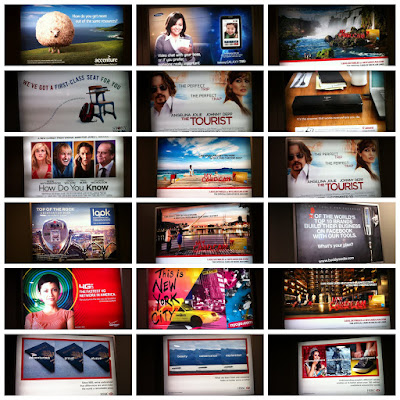A friend of mine, an academically gifted pre-teen, just took the entrance exam to Hunter College High School. You need to be invited just to take the test. As she went through the process of preparing for the exam, we worked together a bit on her essay writing skills. Through the course of that, she told me that in her free time, she mostly reads novels targeted at pre-teens. I offered her these thoughts:
I've been reflecting a bit on one
brief conversation that we had about the types of books you read.
Exposing yourself now to a wider range of more challenging books will
pay immense returns in the future.
Your vocabulary will improve - in a much more natural way, and with
less effort, than cramming a bunch of SAT words later. You'll already
know them.
Your writing will improve - because you will have read models of real writing.
You ability to think will improve - because you'll be exposed to
arguments that you may disagree with and you'll need to either dissect
the argument or consider changing your views.
Your creativity will improve - because you'll expose yourself to a
broader range of points of view.
You are at the age now where you can read pretty much anything
published for the general public. And while you might not believe me,
you'll never have more time in your life to read than right now.
So I strongly encourage you to make yourself a reading list for the
year. Nothing wrong with throwing in one of the books targeted at
young teens now and then - just like there is nothing wrong with
dessert, as long as you don't try to live on it.
There is no need to read "The Classics" or a particular canon of
books, in my opinion. Just pick books that are challenging and that
interest you. Include some nonfiction. Learn to quit books if you
aren't fascinated by them. There are too many good books in the world
to spend time finishing boring ones.
Three final points:
1) As you read, underline or make a little dot next to every word that
you don't know. Then look them up in the dictionary. If you have a
Kindle, this is even easier. Make a list of the words that you look
up for each book.
2) After you finish a book, write a few sentences on what impressed
you about it. No need to write a full summary. You don't need to
explain the "theme," although that is a fine idea. Note a detail that
caught your attention. List the arguments that you disagreed with.
You might start a private blog where you do this. Keeping a list of
all the books you've read and your notes on them will help you retain
what you've read.
3) Read this essay by my friend Zach on "How to Read a History Book,"
which is good advice for reading any type of non-fiction:
http://historyprofessor.org/reading/how-to-read-a-history-book/
With a quick Internet search I'm sure you can find many suggestions.
This is as good a place to start as any:
http://www.ala.org/ala/mgrps/divs/yalsa/booklistsawards/outstandingbooks/2009/literature.cfm


